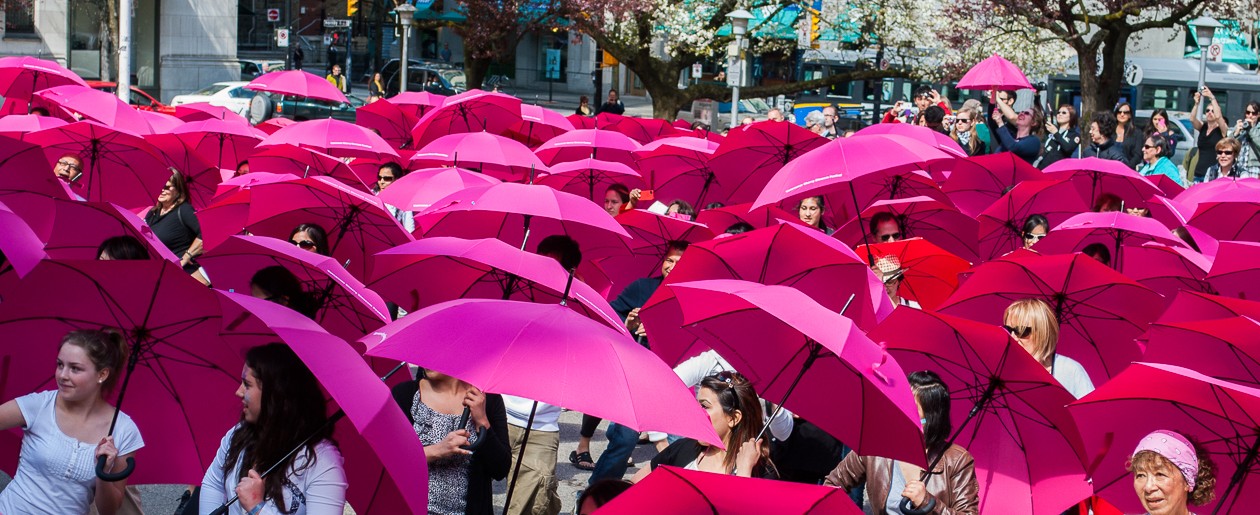One of the books my tutor recommended that I read is Face On, which is edited by Mark Durden and Craig Richardson. Face On sets out the history of documentary photography, but more importantly examines the relationship between photographer and subject. The book is divided into four essays:
- Negotiating Power
- Empathy and Engagement: The Subjective Documentary
- Reality Gaps, Assumed and Declared
- Contractualities of the Eye
The photograph is revealed as a tightly focused space of negotiation within which the politics of looking and posing … is played out.
Joanna Lowry (p. 11)
The first essay deals with the relationship between the photographer and subject and Lowry illustrates this power struggle by referencing Tracey Moffatt’s video Heaven which was shot on Bondi Beach where young men parade their bodies, strip down and change next to their cars and pose with their surfboards. Lowry (p. 13) makes the point that a social relationship exists between the photographer and subject when the subject poses in front of the camera. “Within the cultural economy of the image the pose represents the point at which value is set. This is the moment of transaction when the deal has finally been struck” (Lowry p 13). This in turn, is an act of communication in which the identities of both the photographer and the subject are formed.
 Mikhail Baktin, a Russian philospher developed the idea of ‘dialogical text’ building upon the work of Saussure. He looked at language as an act of communication.
Mikhail Baktin, a Russian philospher developed the idea of ‘dialogical text’ building upon the work of Saussure. He looked at language as an act of communication.
The utterance that was always, … bound into a relationship between two people: that was always from somebody, always directed towards an addressee, and always anticipated a response.
Lowry (p. 15)
Within dialogical text are a variety of structures of power and authority, however the binary opposite of the dialogical is the monological where there is no opportunity for response, where the speaker is in total control of the language/image. Steve Edwards, professor of art history at the Open University puts forward that the photographer’s studio is the place where the final power resides with the photographer and thus is a monological site. This is the essential binarism between street and studio. Lowry goes on to discuss Jurgen Teller’s Go-See’s project, comparing it to Rineke Dijkstra’s The Buzzclub project and then moves on to discuss the implications of when the subject is paid to pose as in Philip-Lorca diCorcia’s and Boris Mikhailov’s works. All of these photographers’ works can be categorised as have dialogical relationships. There is an ongoing struggle of power between the photographer and the subject.
The second essay deals with social documentary, concentrating quite a bit on Let Us Now Praise Famous Men. Durden, author of this essay states (p. 27) that Walker Evans used to shoot his subjects “face on, upstanding, composed and commanding respect … Evans himself never shows his face”. As Evans himself stated his style was one of “the non-appearance of author, the non-subjectivity” (Durden p. 27). The quandry between documentary and aesthestics is discussed in James Agee’s writings for Let us Now Praise Famous Men, Agee finding this ‘ethically troubling’ (p. 30). This work is then contrasted by Richard Billingham’s and Tom Hunter’s portraits of working class families in which their economic struggles are portrayed.
Documentary negotiates difference and the ways in which this difference is negotiated determine its political effectivity.
Durden (p 36)
Chapter three deals with assumed identities as in the series Front by Trish Morrissey (which I commented on in my Context and Narrative module) and Jennifer Bornstein’s Interventions which are also self-portraits of Bornstein posing as siblings or family members of complete strangers. “here is the deliberate removal of identity and it’s replacement with a sequence of false alliances and friendships“ (Richardson p 47). These staged intimacies and constructed social communities serve to “highlight the false construct of objectivity in documentary photographic practice” (Richardson p 40). Other photographers work mentioned in this essay are Philip-Lorca diCorcia (Hustlers); Mierle Laderman Ukeles (Touch Sanitation: Handshake Ritual); Roderick Buchanan (Me and my neighbours).
The most important aspect of the photograph is its exchange of interest with the viewer, but the agreement made with the subject is nonetheless indicative of the kind of society in which it is made.
(Hunt, p 53)
The final chapter is written by Ian Hunt and deals with the work of Boris Mikhailov (Case Histories). The series is about the homeless in Kharkov, Ukraine. All the subjects were paid and photographed naked or very scantily clothed. There is a very strong sense of deprivation running through his images, but also one of a mutual contract having been agreed upon, albeit that the subjects are openly manipulated into posing. Jennifer Bornstein’s work mentioned above contrasts this in that the subjects are not paid, but willingly take part in the constructed community. “Bornstein’s authorship is to be found in what cannot be regulated in the fleeting encouters as well as in the enabling architecture of those encounters she has set up” (Hunt p 60).
There is much to learn from the old ways as they renew themselves and adapt and are reinvented against new opponents …
(Hunt p 66)
Reference List
Durden, M and Richardson, C. (2000) Face On: Photography as Social Exchange London: Black Dog Publishing Limited

Interesting, Lynda. Another book to get hold of, as I too am interested in the contract between the photographer and the subject.
LikeLike
The book is definitely overpriced in my opinion, although I did get it at a cheaper rate on bookfinder.com. Only has about 70 pages
LikeLike
It’s available for £2.99 here.
LikeLike
That’s a really good deal. The cheapest I found was $20 here.
LikeLike